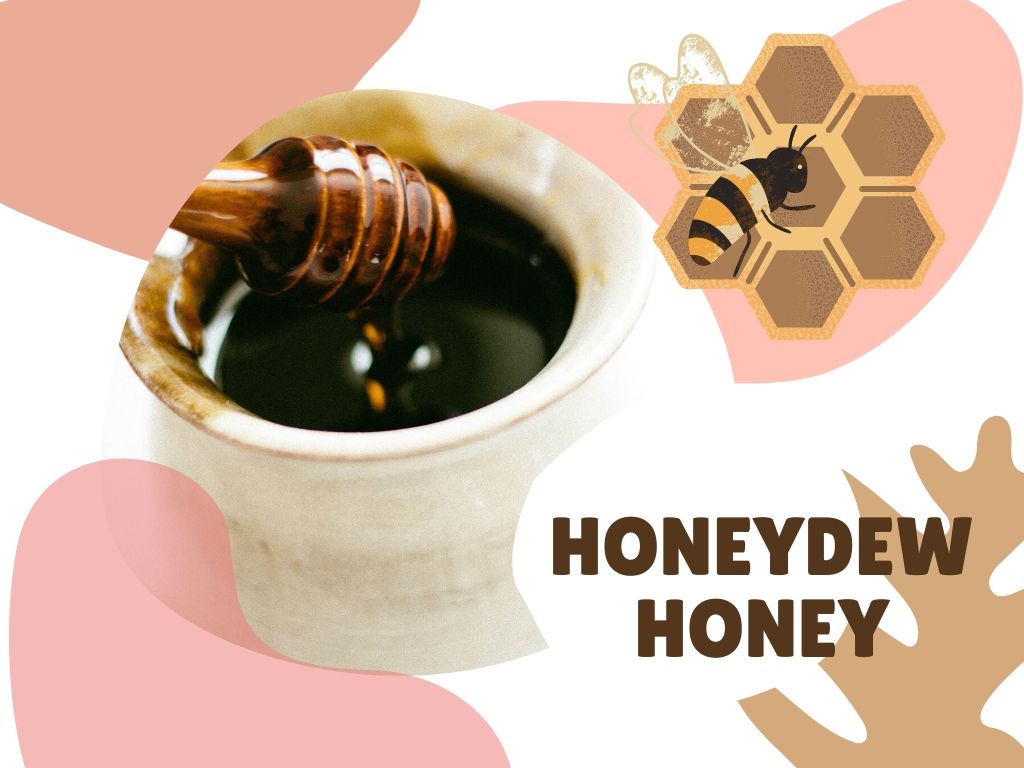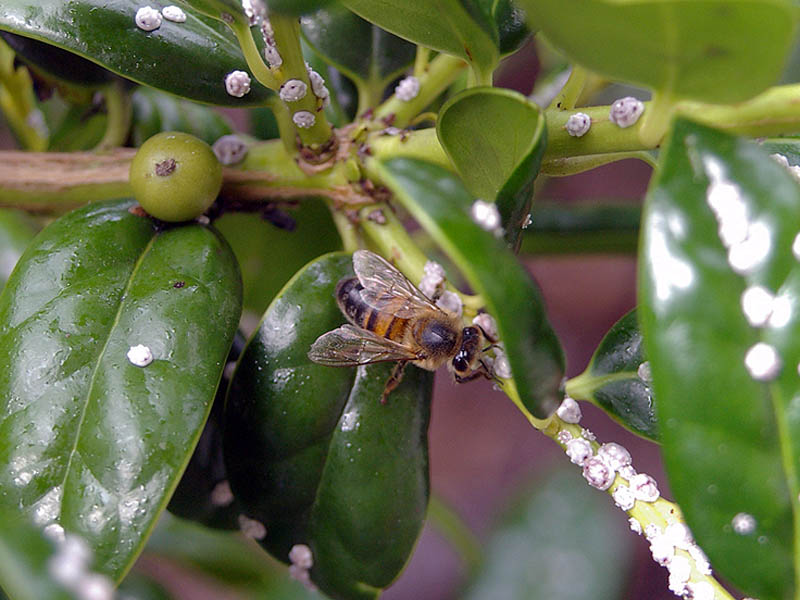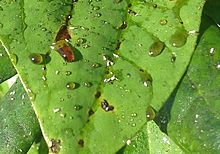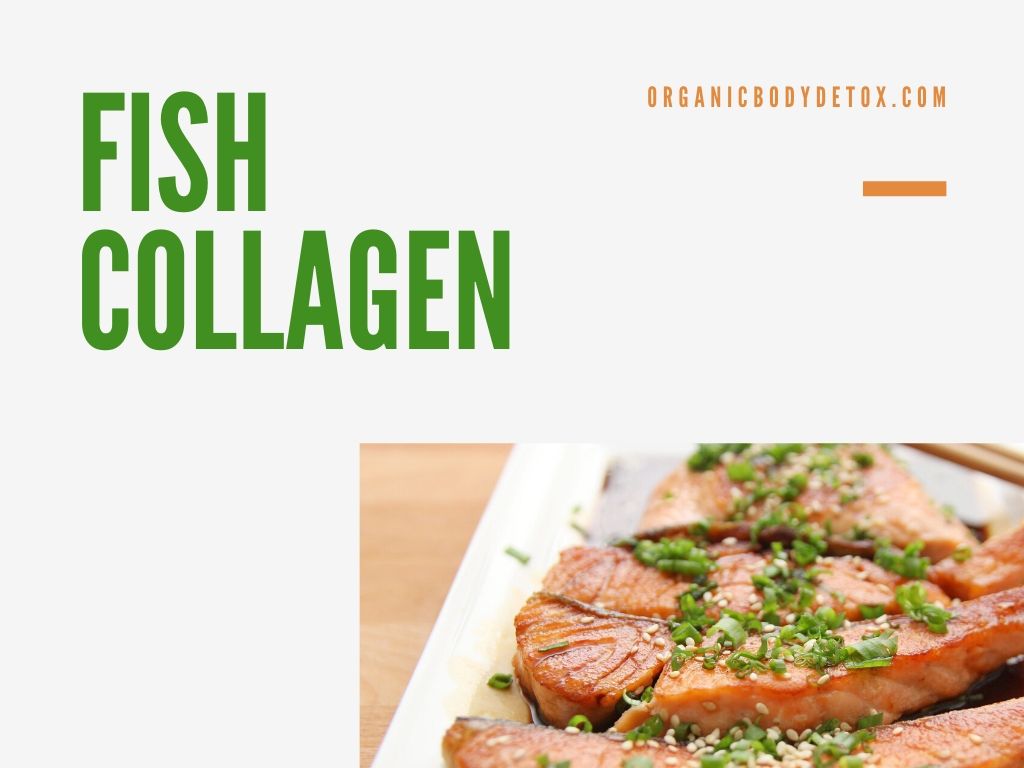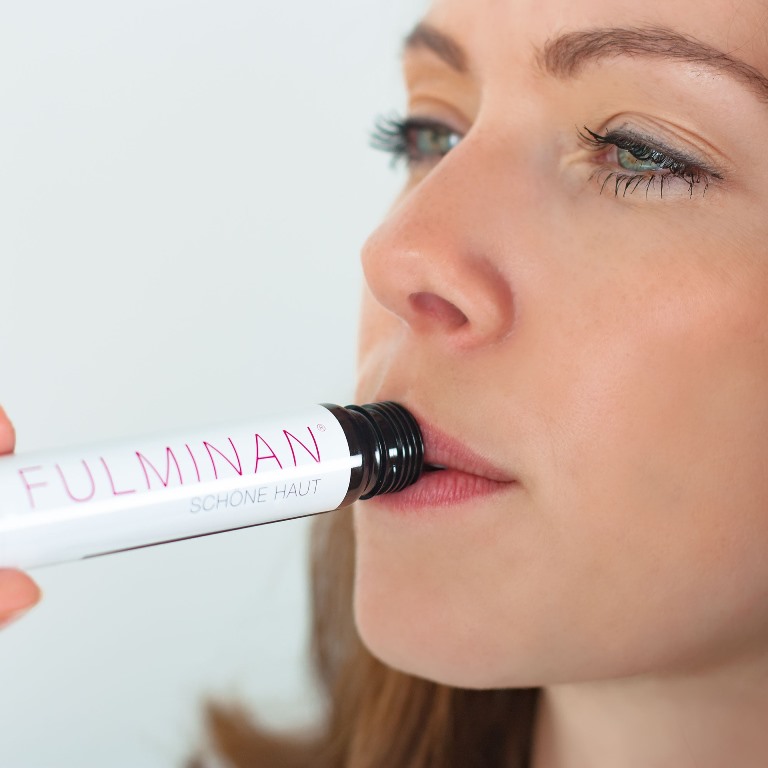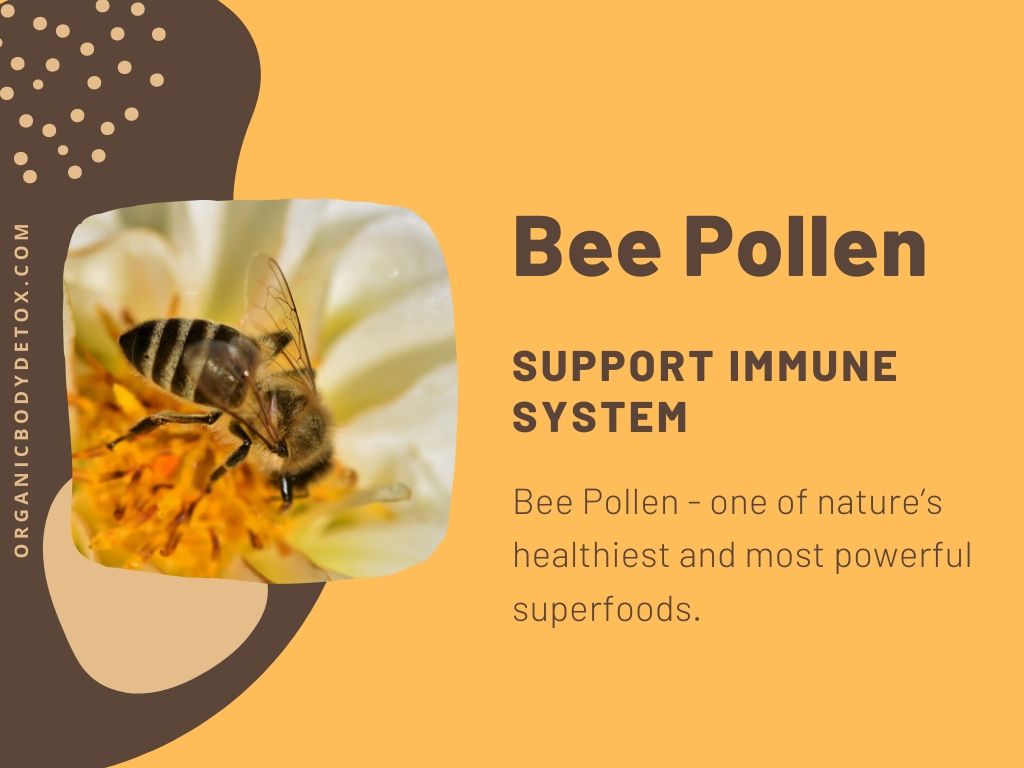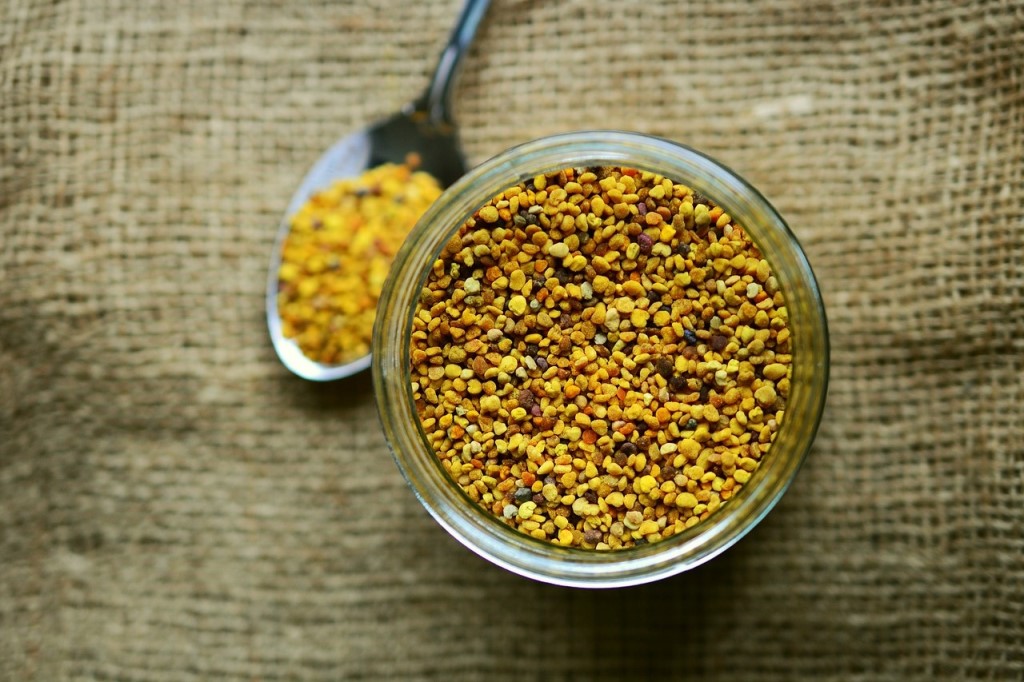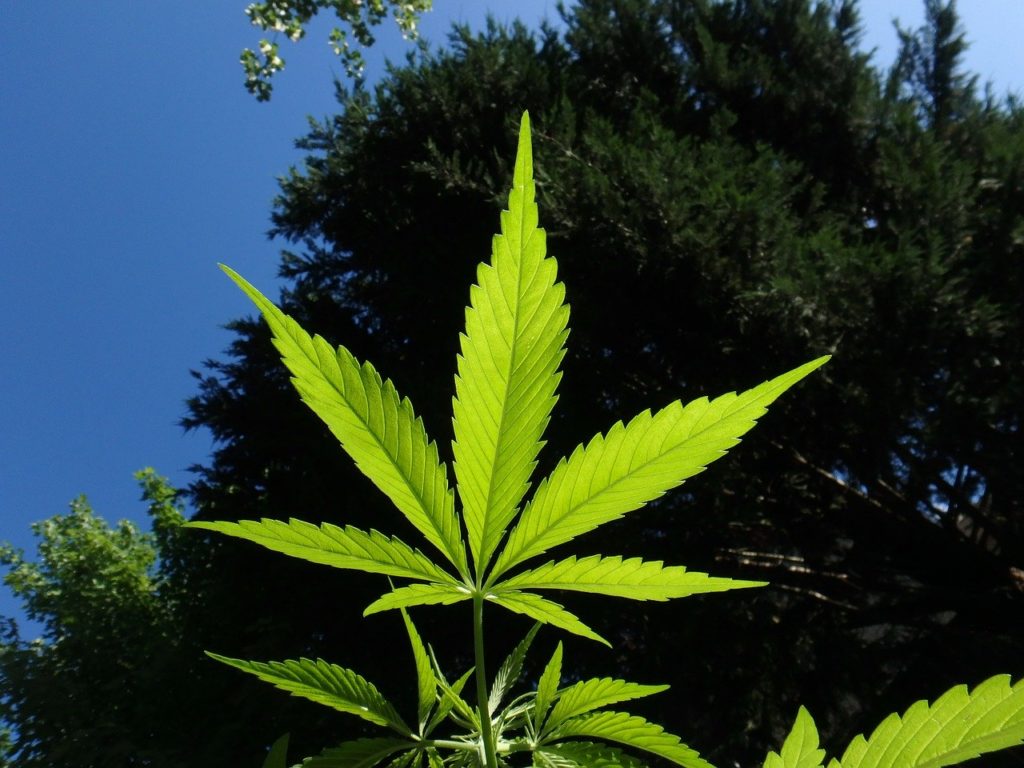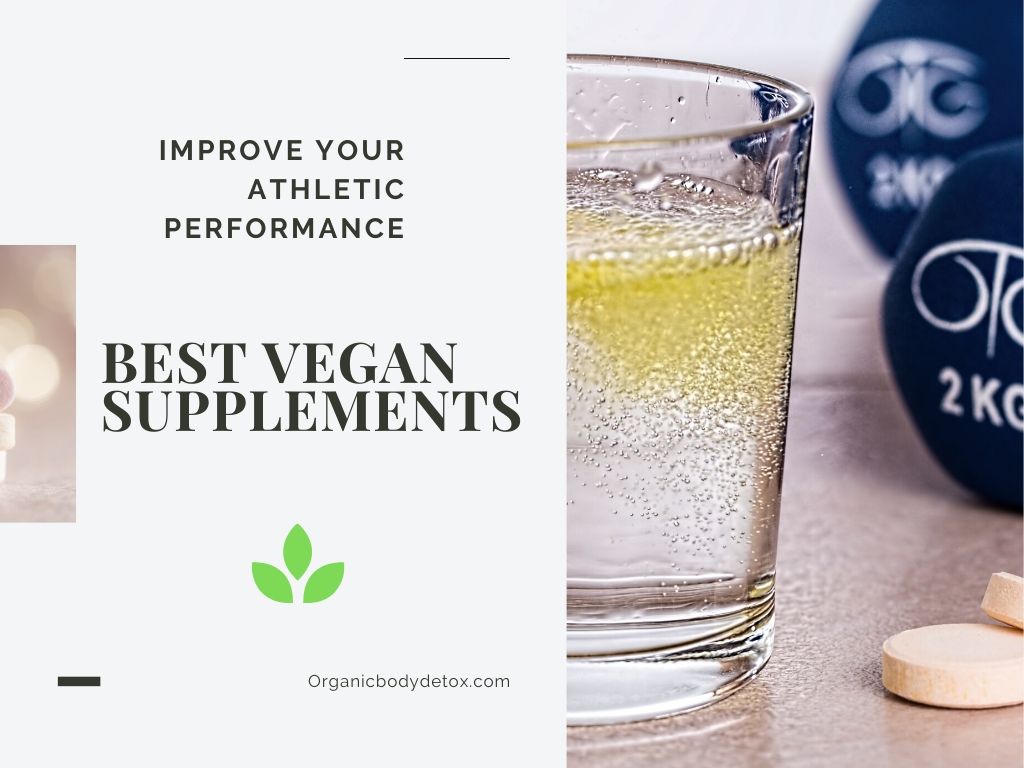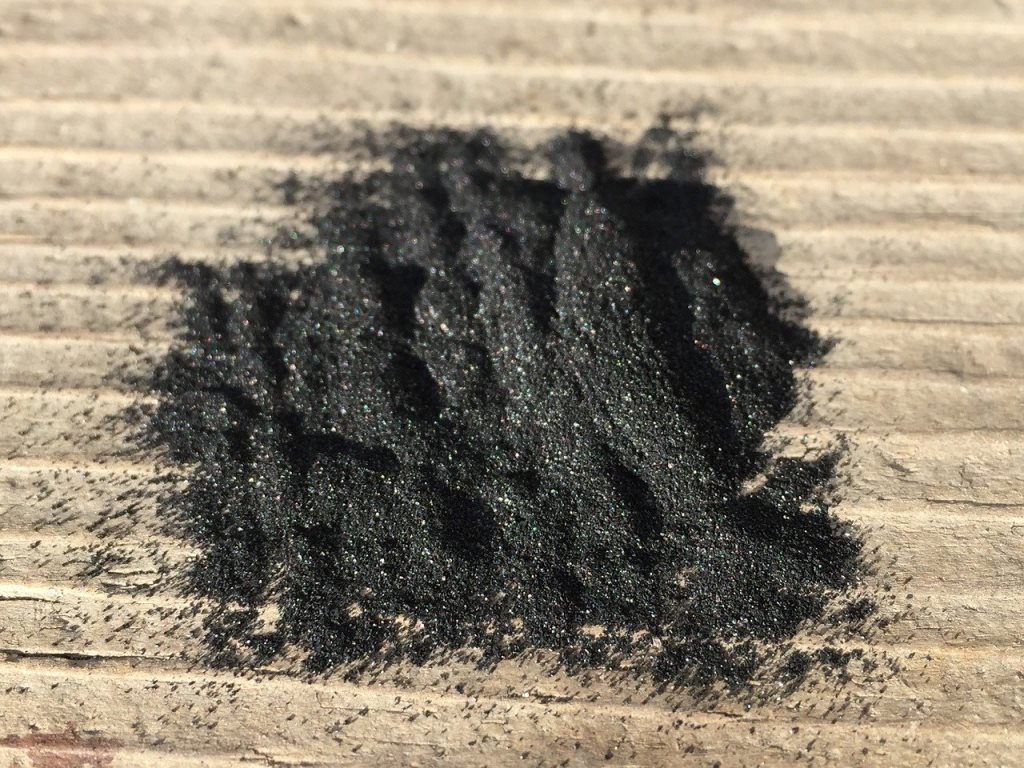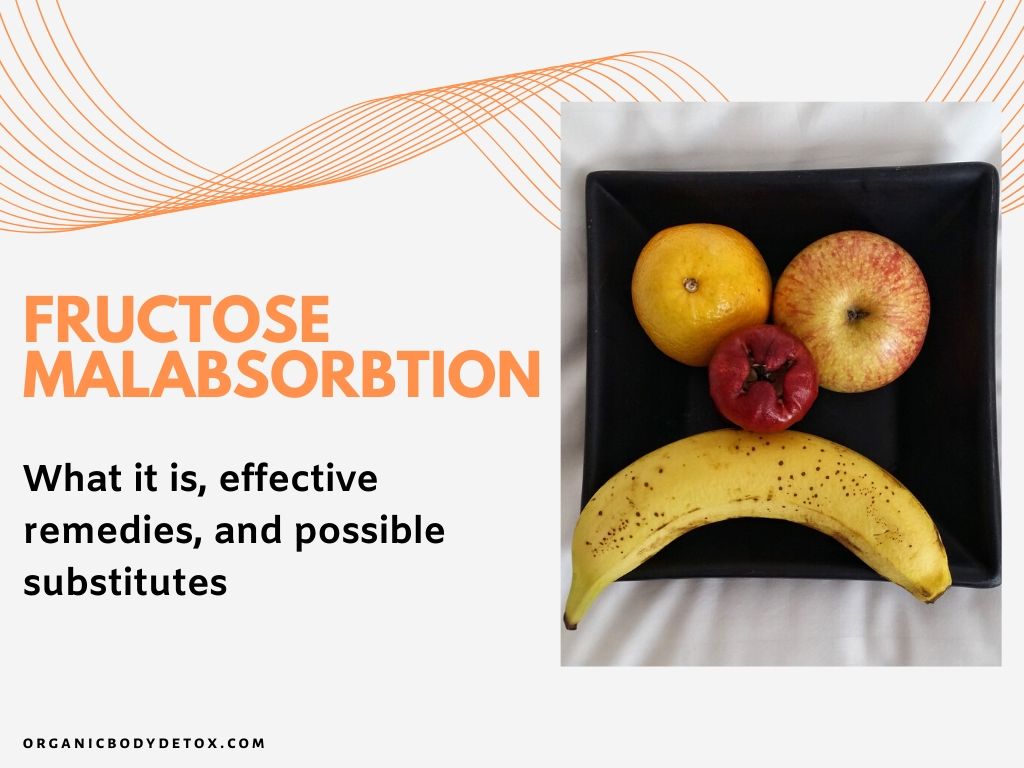Agave vs. Maple syrup
Agave vs. maple syrup: agave nectar and maple syrup, both have a thick fluid-like consistency that is sweet. However, they both are different in many ways. Almost all of us are aware of the harmful effects of sugar on our bodies. It is the reason behind many people choosing some other ways to satisfy their need for sugar. Two of those ways are agave nectar and maple syrup. But you’re probably wondering which of these two is better. Let’s find out.
Today, we will discover all the details about the two, and then we will conduct a detailed comparison between agave and maple syrup based on a variety of different factors.
For the ease of readers, this topic is divided into the following sections:
1. Agave nectar: Taste, production, and benefits
2. Maple syrup: Taste, types, production and benefits
3. Detailed comparison of Agave vs. Maple syrup

Agave nectar: Taste, production, benefits, and varieties
Agave is a plant with more than 100 species. It is a large plant with many spikes that resemble cactus but from the family of the aloe vera plant. The agave nectar that we are discussing today is produced from a species of Agave, known as Blue Agave.

- Taste of agave nectar
Agave nectar can be compared with the taste of honey and maple syrup. However, it is not identical to any of them. It has a unique sweet taste that doesn’t leave a bitter aftertaste. Generally, there are two colors associated with agave nectar. One is dark, and the other is light. The dark shade of agave nectar indicates strong nectar that is less filtered so that some of the solids remain in the nectar. On the other hand, the light shade represents a thorough filtration process of agave nectar. It includes long heating proves and has a neutral flavor, unlike the dark nectar.
- Production of agave nectar
Agave production is a very interesting phenomenon, and at the same time, it will disclose many things that a plant has to go through to give us such a pure and yummy sweet syrup. When an agave plant has grown to the age of 7 to 10 years, it’s the time to cut it leaves. Yes, the plant has to go through this step to give us the sweet nectar. However, after cutting the leaf, the core is visible that has fluid in it. The next step is to extract the fluid from the core, and heat it on the low flame until the carbohydrates break into sugars, and a sweet taste is achieved.
- Benefits of agave nectar
Many people use agave nectar for centuries, and there are multiple health benefits associated with it that no one can ignore. In addition to the health benefits, it has numerous other benefits too.
The following are the topmost benefits of using agave nectar:
· Agave nectar contains dietary fiber: Agave nectar is rich in dietary fiber, which is very healthy for our body. In addition to this, it has a positive impact on the digestive system, and it helps the body to easily absorb calcium and magnesium. Agave has a naturally sweet taste, which is very healthy compared to other forms of artificial sweetness.
· Easy on the wallet: Agave syrup is very economical, and at the same time, it can enhance the taste of many sweet dishes.
· Agave syrup is vegan: If you are a vegan or you know vegan people, then you must be surprised and happy to know that agave syrup is vegan. It is purely plant-based, and there are no additives and artificial flavors in it, so it is the best option for vegan people.
· Natural substitute for sugar: Sugar is not healthy for our body, but due to our taste and love for sweet items, we are unable to cut it off from our lives. What if there is a substitute for sugar that is tastier and healthier than sugar? If you are searching for any such product, then agave nectar will be your ultimate favorite.
· Heavenly taste: Other than its various health and economic benefits, agave nectar is very tasty, and it is almost twice sweeter than sugar, which means you need a little amount of agave nectar to substitute sugar.
Maple syrup: Taste, types, production and benefits
The maple tree is the origin of maple syrup, and one of the species that is responsible for the production of maple syrup is Acer saccharum. Maple syrup is very common in use by people around the globe due to its heavenly taste.

Taste of maple syrup
Maple syrup has a sweet taste that has the capability to enhance the flavor of any dish. One can compare it with the taste of honey. However, it’s just has a honey-like consistency but has a unique flavor.
In other words, maple syrup has a complex and rich flavor with the hints of caramel and has the ability to enhance the flavor of pancakes, ice-creams, and other dished. However, it is better to only add it onto your dishes when you are ready to eat something heavy because maple syrup is heavy on the digestive system.
Production
Maple syrup is usually harvested during March and April, depending on the area and season. When there’s a swing in the temperature, the roots of the maple tree draw water from the soil and store it into the tree’s trunk.
After this process, the harvesters bore a hole in the trunk, and collect the sap into a bucket. This sap from the maple tree is responsible for the production of maple syrup. Maple sap has a bit of sweet flavor mixed with a high concentration of water. However, for converting it into the maple syrup, it has to be cooked on a slow flame until thickened.
Types of maple syrup
There are multiple types of maple syrup, depending on the color and flavor:
- Golden color: golden-colored maple syrup is the lightest syrup with a delicate taste. It is the syrup that usually people use for drizzling over multiple sweet dishes like pancakes and waffles.
- Amber color: the Amber color of maple syrup represents a rich flavor and works perfectly when you are using it for cooking or baking.
- Dark Amber color: It is more intense and has a robust flavor, which is usually used in recipes that require heavy flavor of maple.
- Very dark color: It is the darkest shade of maple syrup that has a strong flavor and is usually used for making maple candies.
Health benefits
It has a high zinc quantity, which is very healthy, especially for men’s reproductive system.
· It acts as a natural energy booster due to the presence of manganese in it.
· Maple syrup is perfect for a healthy heart.
· It is good for people who have issues with blood sugar levels because it regulates the level of sugar in the blood.
Detailed comparison of Agave vs. Maple syrup
Maple syrup and agave nectar are very common and high popular sweeteners available in the market. When you look at them for the first time, you might think that they are the same. However, they are different in many ways. We are going to conduct a detailed comparison between the two in this section.
We are comparing the agave nectar and maple syrup based on:
- Flavor
Maple syrup has more like a caramelized flavor, which is very rich. It is very sweet and gives a sense of caramel, vanilla, and cinnamon when consumed directly on with other dishes like pancakes. On the other hand, agave nectar has a more organic and natural flavor that makes it very popular among people who want to add it as a sugar substitute in the dish without changing its flavor.
- Health benefit
While talking about health, both agave syrup and maple syrup are rich in nutrients. However, some aspects can’t be overlooked. One such health aspect is the percentage of fructose. Agave syrup has 90% fructose, which is not very healthy for the body. While maple syrup has only 35% of it. In addition to this, maple syrup is rich in antioxidants, while Agave has little to no antioxidants in it.
- Refinement
During the refinement process, both syrups are collected, boiled, and filtered to get a perfect consistency. However, agave syrup is filtered before boiling and after the boiling process and, hence, more refined. On the other hand, maple syrup is only filtered once, and that is after the boiling process.
- Price
While talking about price, we can clearly say that agave syrup is much more economical than the maple syrup. Also, it takes more than 150 liters of raw sap to produce around 5 liters of maple syrup.
Final thoughts: Agave vs. maple syrup . which should I use?
The topic concludes, while focusing on different factors related to Agave vs. maple syrup, it can be clearly seen that both have some positive and negative aspects. However, most stevia on the market is processed. It contains only its active substances, along with a number of excipients and additives.
Like artificial sweeteners, stevia stimulates the body’s desire for additional food or. sugar (due to the sweet taste, the brain triggers insulin, which causes a drop in blood sugar and thus hunger). Its taste can also be bitter and burning, reminiscent of artificial sweeteners.
Class C maple syrup has the most intense taste and at the same time contains the most nutrients. Suitable for those who like its taste, if you are not enthusiastic about it, try class A, which is the mildest.

